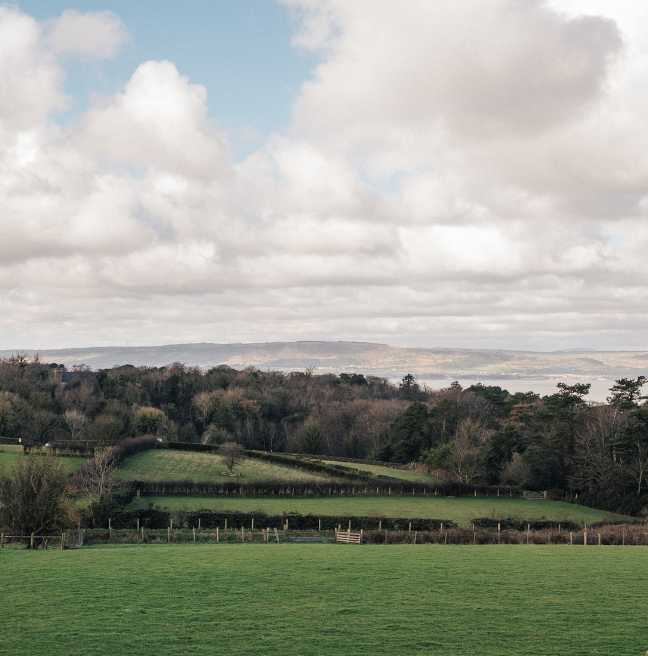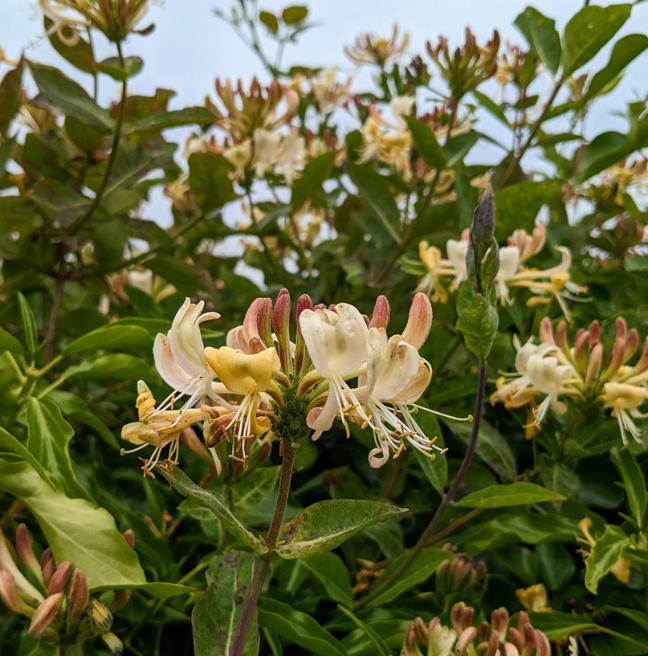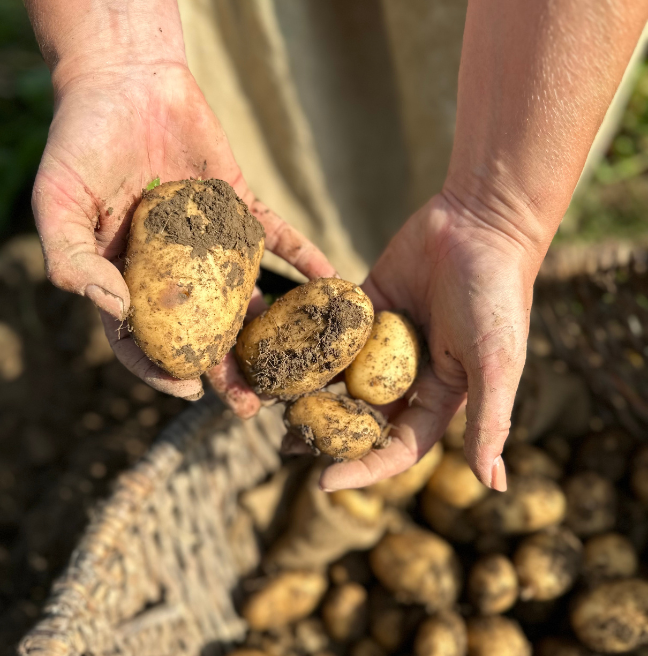
The Longest Day of the Year
What is Midsummer?
On 21st June, the sun reaches the highest point in the sky and marks the beginning of summer in the northern hemisphere. It is the longest day of sunlight in the year and is often referred to as Midsummer, the Summer Solstice or Litha.
A sacred celebration of fire, rituals and the sun, Midsummer has its roots in ancient Irish traditions. There are a number of Neolithic monuments that align with the sun on Midsummer, such as Loughcrew and Dowth Henge in County Meath.
In Ireland, Midsummer was the main ‘fire’ festival along with Bealtaine and Samhain. It was a celebration of the height of summer and a chance for festivities before harvest season and the hard work to come.
What happened during Midsummer?
The evening was usually marked by bonfires, dancing, music and merriment along with the practice of rituals and traditions.
Bonfires are a traditional celebratory activity on the island of Ireland, and there are records of them happening throughout history. Estan Evyans, founder of our museum, once said:
"Unlike other fire festivals, Midsummer fires still burn strongly and their pagan flames have not been so easily quenched."
What were some of the rituals?
Fire Cermonies

Burning Objects

Creating Posies

Herb Gathering

What is St. John's Eve?
St. John's Eve takes place on the 23rd June. It is the eve of the Feast Day of St. John the Baptist. Like many other Christian festivals, celebrations of St. John's Eve aligned with traditional celebrations of Midsummer, and many of the activities that once took place on Midsummer then took place on St. John's Eve. This practice is known as syncretism.
What happened on St. John's Eve?
The lighting of bonfires in honour of St. John was a common practice, as was dancing. Some people believed the fires could result in good fortune. After the bonfires, people would hold feasts, eating and drinking into the night.
One oral history interview in our archive from County Fermanagh recalls,
"From the ashes of the bonfire you take a coal...to have a good crop that year...you put it into the crop, into the furrow...people really believed that would be the results of it."


